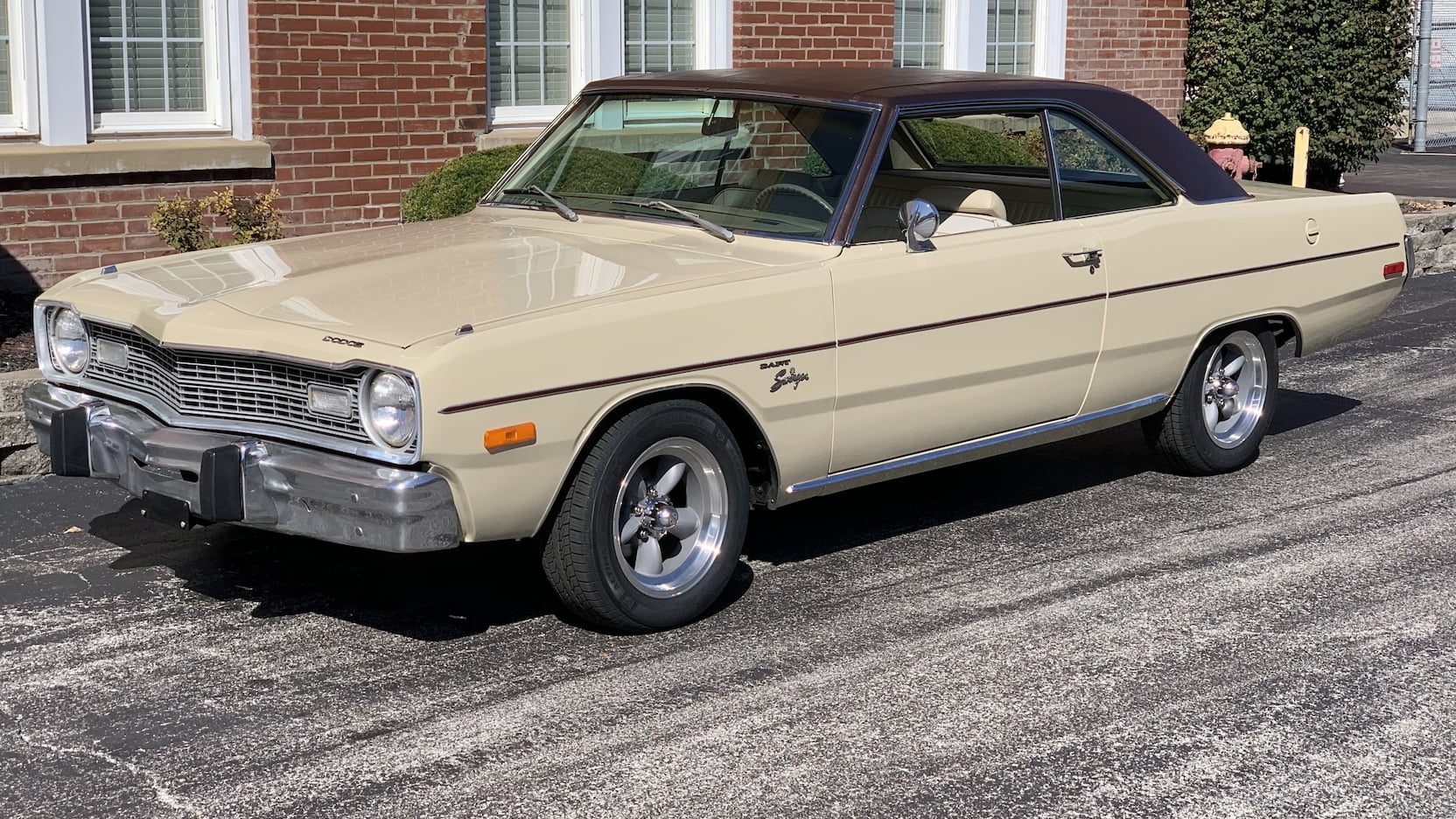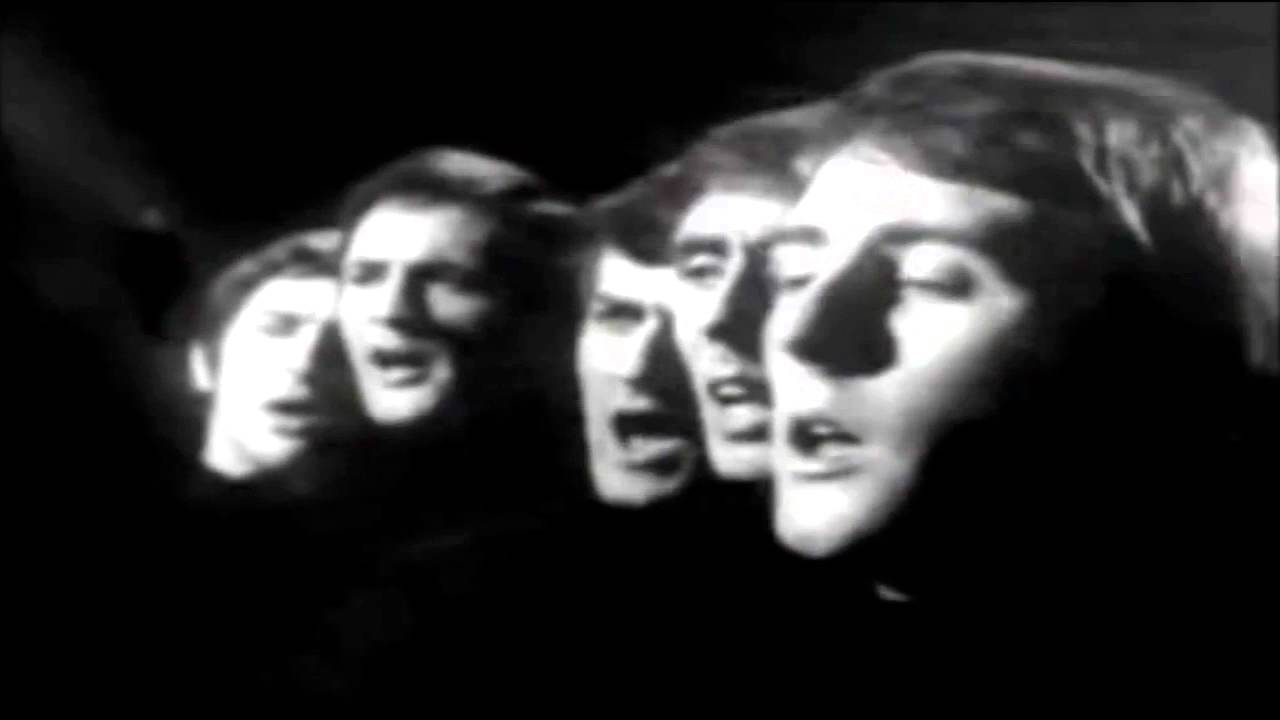The Middle as partners…
I became aware of The Middle as a management concept when I was in charge of Product Management — a critical job for any company, but particularly for a software company. The idea that you can build “anything” is mostly true — and only limited by resources — which are mostly time and people. As such, everyone thinks it is easy to do what their own area needs — Architecture, Engineering, Marketing, Sales, Customer Service, and Consulting Service… oh, and also Customers of course. 😉 It is up to Product Management to make the hard decisions – what is “in” the Roadmap/release – and, therefore, what is out. Imagine you are at the center of the circle… and around you are the faces of each of those groups, and no one is smiling…
… and no one is drawing a knife. All are universally disgusted with you, and the “compromise” you have crafted. The critical skill is finding a way to give a little to all … so they can convince their constituents that “they have gotten something”. It is a thankless job, as are most that focus on The Middle. I was recently talking to a Product Management professional and gave him that analogy and he just started laughing loudly. “SO, you have been in the role!!!”. He relayed a few stories, including the one key parameter with any boss — “… that they have my back!”. It is very difficult to hold The Middle, and having a Boss that lets the pressure off by favoring one or the other of the groups can destroy the balance. Even small “new ideas” can wreck the balance of the teeter-totter you construct. When I did it for a season, I had daily calls with my Engineering peer — both our predecessors had been fired for nonperformance — and we at least wanted to fix that. 😉 Those daily calls are still some of my best memories of that difficult season… I had a real partner for the journey…
… mixing the best for all…
Nights in White Satin ends the second album, and today’s selection starts the third… By early 1968, the Moody’s had gotten into a groove — a mix of classical, pop, rock, and spoken word poetry in concept albums that tie together through a theme. Add some great cover artwork and a great name, and that would be their recipe for the rest of the next 6 albums. They were slowly building a following — we forget how different this was — a whole new kind of music that took time to catch on. Interestingly, Nights in White Satin, while now seen as a huge hit, took nearly 6 years to achieve that status. In Search of the Lost Chord, their third album focused on the themes of Exploration and Discovery, the title coming from a Jimmy Durante song. 😉 …and reached number 5 in only ONE year in the UK.
John Lodge was another British kid whose life was changed by Buddy Holly. He briefly dropped out of school before going back to Engineering School and was recruited to become The Moody Blue’s permanent bass player/harmony singer starting with the 2nd album. He was a prolific songwriter including today’s, Eyes of a Child, Send me no Wine, Isn’t Life Strange, an I’m Just a Singer (in a Rock and Roll Band). He also was the extremely high falsetto voice you will often hear (what is it about Bass players singing falsetto??). This song is one of the most high-energy songs the Moody’s released and is usually used as a set closer/encore because of its popularity. He always smiles in all concert videos as he works his Fender Bass upfront. Unlike many rock stars, he is STILL married to his first wife from 1968, with grown children, one of which was featured in Emily’s Song. He is still active in his Christian faith that he credits with those untypical “rock star” accomplishments 😉 His bandmates likewise credit him for being a great partner and holding down the “pocket” with the drummer Graehm – literally The Middle of Songs- the foundation for everyone else to build on.
partners work toward The Middle…
If you read these often, you know that partners don’t happen easily or overnight. I am doing a 360 for a very senior leader, and interestingly, to a person, everyone loves him… and yet, one of the openings for him to grow is to use that capital to make some tough decisions. Leadership is, in the end, lonely – making those hard calls will always leave people less happy with you. Another CEO said it best, “Everyone wants to be “in charge” until they are “in charge.” And yet, if you honor the process, keep relationships intact — not too close and not too far — you can work through even complex situations… together. It is like my favorite cartoon characters, Sheepdog and Foghorn Leghorn – they walk in together, chatting about the wives and kids, punch in… go after it – REALLY go after it.. and then when the whistle blows…. they walk out with respect. It can be exhausting, sure… but pick the right partners, find your balance, and get ready to… Ride The See-Saw.




